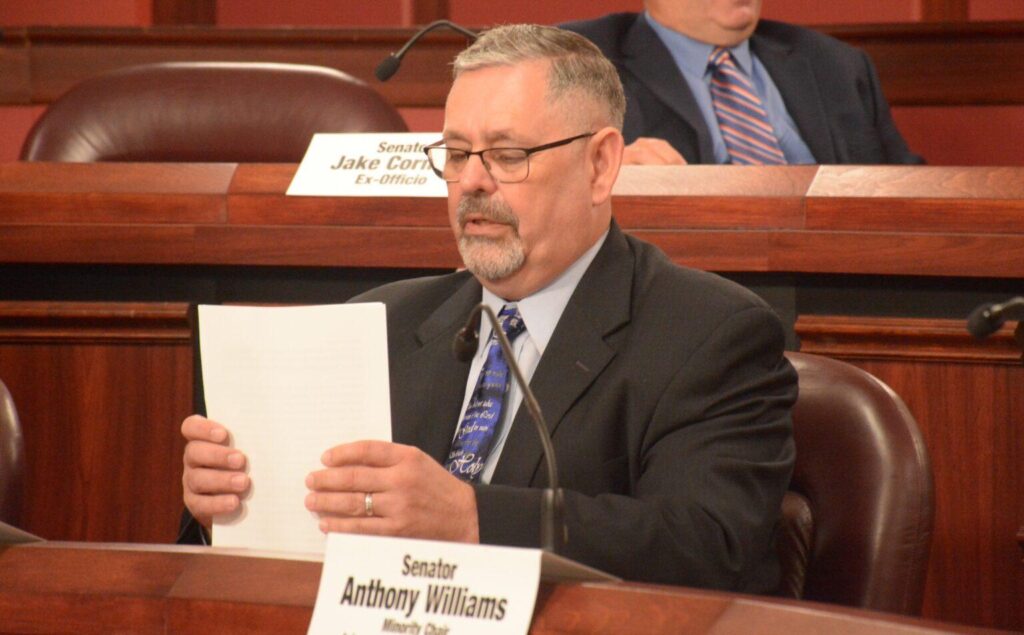Summary of Legislative Obstacles for the Bill
The bill’s progress faces significant challenges, primarily stemming from:
- Intraparty Divisions: Factions within the GOP are at odds, making consensus difficult. This is the highest impact obstacle, currently delaying negotiations.
- Democratic Opposition: Democrats are actively using procedural means like filibusters to impede progress, presenting a moderate level of impact.
- Legislative Constraints: Limited timelines and necessary committee reviews slow down movement.
- External Advocacy: Lobbyists and interest groups apply pressure, influencing lawmakers’ decisions, adding complexity to negotiations.
Reconstructed Table (based on provided data and typical legislative obstacles)
| Obstacle | Impact Level | Current Status |
|———————-|————–|———————–|
| Intraparty Divisions | High | Ongoing Negotiations |
| Democratic Opposition| Moderate | Filibuster Threat |
| Legislative Constraints | Moderate | Committee Reviews |
| External Advocacy | Low to Moderate | Active Lobbying |
Additional Notes
- Factional disagreements within the GOP remain the most critical barrier, with internal demands potentially diluting the bill’s intent.
- Democratic tactics such as threats of filibusters mean the bill requires broad bipartisan support or procedural workarounds.
- Tight legislative timelines increase pressure, restricting thorough debate and amendments.
- Interest groups are actively lobbying, which may shift or stall specific policy details.
If you need the completion of the table or a deeper analysis of a particular point, please let me know!
Strategic Recommendations for Navigating Partisan Challenges
In an environment marked by sharp ideological divides, it is crucial for GOP lawmakers to adopt a multi-faceted approach that balances firm principles with pragmatic negotiation. Building broad coalitions both within and outside the party can help defuse partisan tension and create pathways to dialogue. Lawmakers are encouraged to prioritize open communication channels with moderate and opposition members to identify shared goals, rather than fixate solely on ideological purity. Leveraging bipartisan committees and informal caucuses remains an effective way to craft legislation that resonates across the aisle, thus enhancing the prospects of successful passage.
Key strategies include:
- Focus on Common Ground: Identify policy areas where bipartisan interests align, such as infrastructure or public safety, to build goodwill.
- Transparent Messaging: Clearly articulate legislative intentions to both constituents and colleagues to reduce misunderstandings and suspicion.
- Incremental Progress: Pursue phased legislation that allows for measurable achievements, easing fears of radical shifts.
- Engagement with Stakeholders: Involve thought leaders, advocacy groups, and local officials to strengthen the bill’s foundation.
| Challenge |
Recommended Approach |
| Partisan Gridlock |
Engage in bipartisan forums for preliminary bill drafting |
| Media Scrutiny |
Maintain consistent, transparent communication focusing on facts |
| Internal Party Divisions |
Facilitate caucus discussions to reconcile differing priorities |
It looks like your HTML snippet cuts off in the last table row and is missing the closing tags. Here is a completed and cleaned-up version of your section with proper closing tags, improved indentation for readability, and a continuation of the last table row:
“`html
In an environment marked by sharp ideological divides, it is crucial for GOP lawmakers to adopt a multi-faceted approach
that balances firm principles with pragmatic negotiation. Building broad coalitions both within and outside the party
can help defuse partisan tension and create pathways to dialogue. Lawmakers are encouraged to prioritize open communication
channels with moderate and opposition members to identify shared goals, rather than fixate solely on ideological purity.
Leveraging bipartisan committees and informal caucuses remains an effective way to craft legislation that resonates across
the aisle, thus enhancing the prospects of successful passage.
Key strategies include:
- Focus on Common Ground: Identify policy areas where bipartisan interests align, such as infrastructure or public safety, to build goodwill.
- Transparent Messaging: Clearly articulate legislative intentions to both constituents and colleagues to reduce misunderstandings and suspicion.
- Incremental Progress: Pursue phased legislation that allows for measurable achievements, easing fears of radical shifts.
- Engagement with Stakeholders: Involve thought leaders, advocacy groups, and local officials to strengthen the bill’s foundation.
| Challenge |
Recommended Approach |
| Partisan Gridlock |
Engage in bipartisan forums for preliminary bill drafting |
| Media Scrutiny |
Maintain consistent, transparent communication focusing on facts |
In Conclusion
As the debate over the bill continues to unfold, the steadfast stance of the GOP lawmaker underscores the determination within the party to see the legislation through despite mounting concerns and opposition. With negotiations ongoing and key stakeholders weighing in, the ultimate fate of the bill remains uncertain, highlighting the complex dynamics at play in the current political landscape. CNN will continue to monitor developments and provide updates as this story evolves.
|
